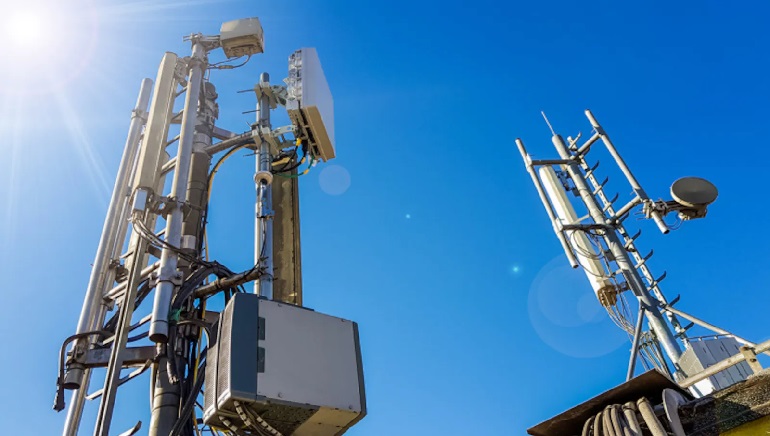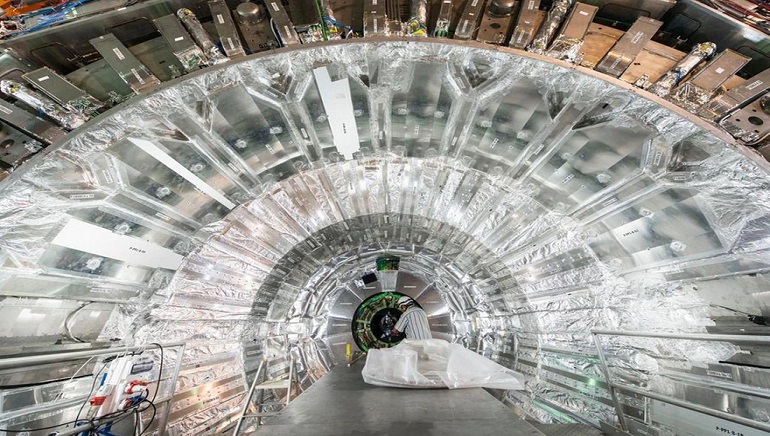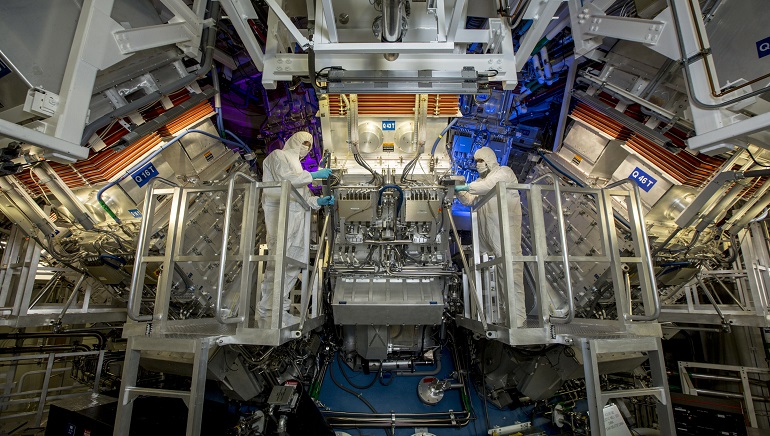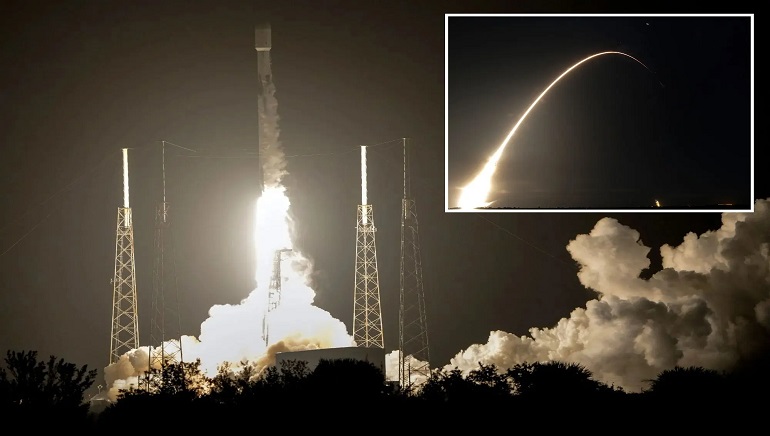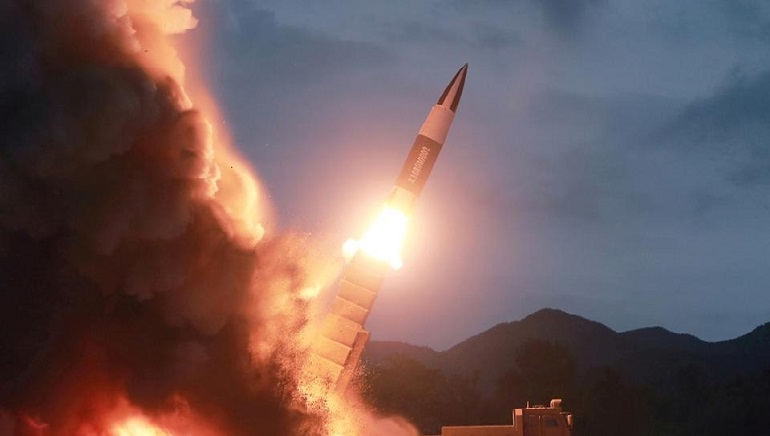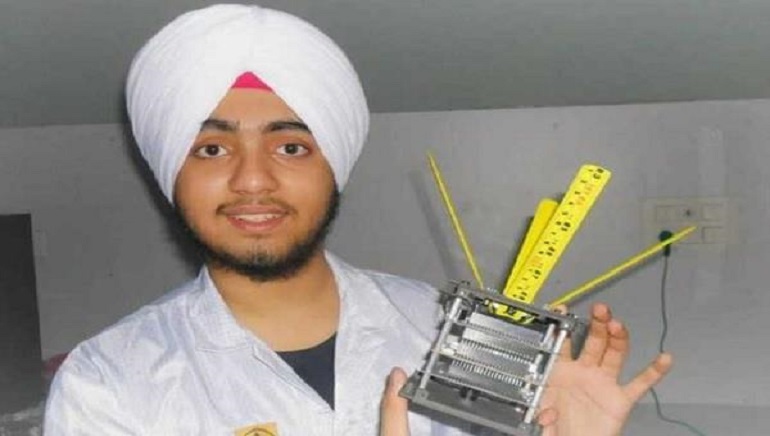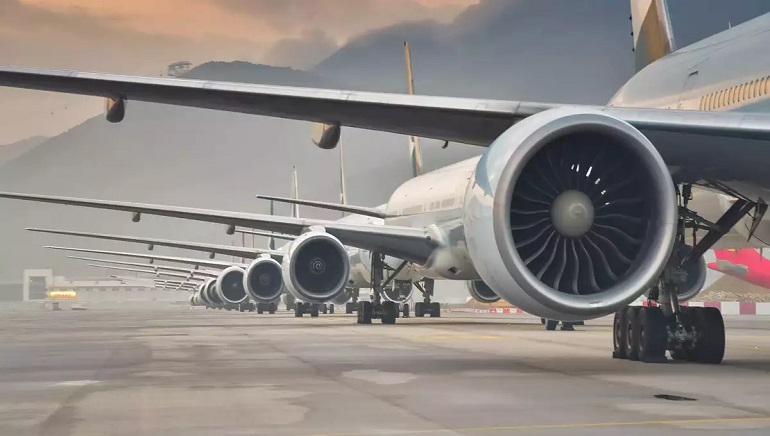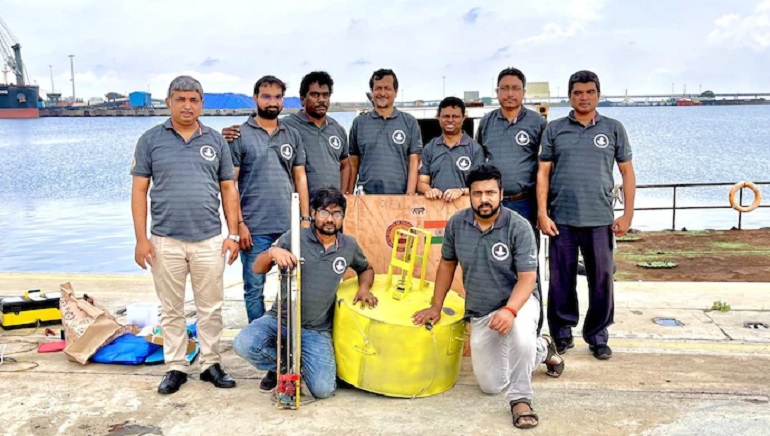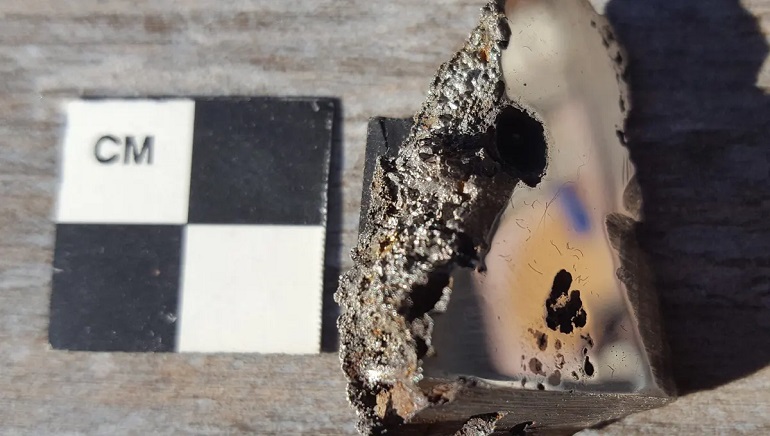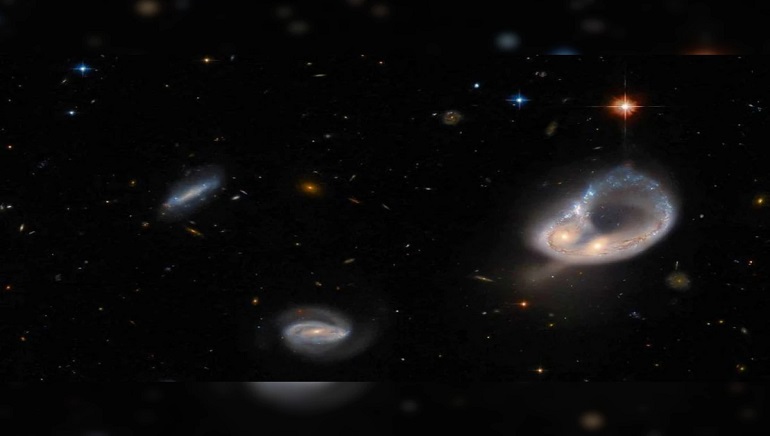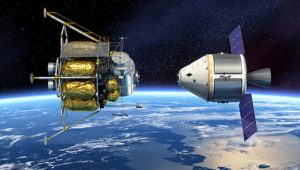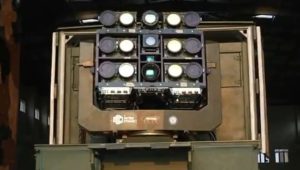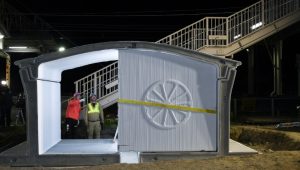The Telecom Service Providers (TSPs) have started providing 5G services in the country and a total of 20,980 base stations services were installed in 14 states and union territories till November 26, 2022, Minister of State for Communications Devusingh Chauhan told the Parliament.
In a written reply to a question on 5G towers, the minister said the TSPs are installing approximately 2,500 base stations per week on average. The highest number of 5G base stations have been installed in Delhi at 5,829 (938 Airtel, 4,891 Reliance Jio), followed by Maharashtra with 4,051 base stations already set up. The minister said the rollout obligations are required to be met over a period of five years, in a phased manner, from the date of allocation of the spectrum.
The TSPs have started providing 5G services in the country from October 1, 2022, onwards. The providers are presently providing the services to their subscribers, with 5G enabled devices, at no extra cost.
The minister said that the government has taken a number of policy initiatives to speed up the 5G capacity installation. The steps include the availability of additional spectrum for mobile services and permission for spectrum sharing, trading, leasing and surrender as per the current Notice Inviting Applications terms and conditions and guidelines, among others.





